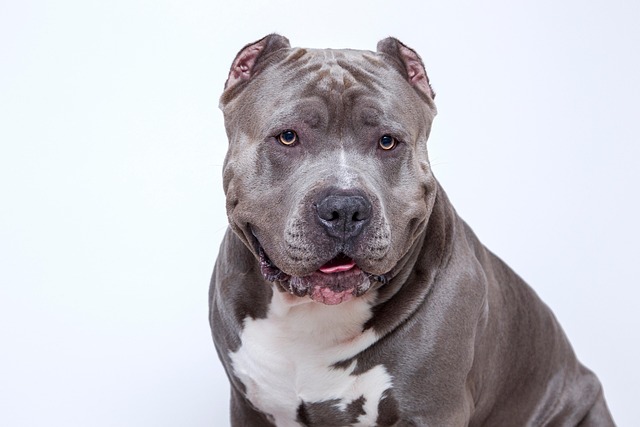
How do you treat gastrointestinal disease in dogs?
Gastrointestinal (GI) issues in dogs are more common than many new pet owners realize—they can pop up after a stolen table scrap, a sudden food switch, or even stress from a new apartment move.
Bringing home your first puppy—whether it’s a squishy Lab mix or a tiny Yorkie—feels like prepping for a new family member, but knowing exactly what they need can feel daunting. Walk into any pet store, and you’ll see shelves of toys, beds, and food—but not everything is essential. For new U.S. owners, especially those in apartments, focusing on items that support their puppy’s growth, safety, and training will set both of you up for success (and avoid wasting money on gimmicks).
Puppies’ bodies and brains are developing fast, so their essentials tie directly to their biological needs. First and foremost: nutritious puppy food and bowls. Look for kibble labeled “for puppies” and certified by AAFCO (the gold standard for pet food safety)—it has extra protein (22–32%) and DHA for brain growth that adult food lacks. Skip plastic bowls (they harbor bacteria); stainless steel or ceramic is better. My neighbor’s Golden Retriever puppy, Max, got an upset stomach from cheap, grain-heavy food—switching to a vet-recommended formula fixed his diarrhea. Next, a safe space: A crate (for napping, not punishment) or playpen keeps them from chewing electrical cords (common in apartments) or getting into toxic plants. Puppies sleep 18–20 hours a day, so a soft, washable bed in a quiet corner helps them feel secure.

Training and safety essentials are non-negotiable. A lightweight harness and 6-foot leash (not a retractable one—they’re hard to control) is key for potty walks and early socialization. For apartment potty training, absorbent puppy pads (place them near the door) and an enzyme cleaner (to erase accident odors) are must-haves. Use high-value treats (small pieces of boiled chicken or freeze-dried liver) for positive reinforcement—never punish a puppy for accidents (it scares them and slows training, violating U.S. animal welfare standards). A few chew toys (rubber Kongs, rope bones) are critical too: Puppies teethe until 6 months old, and chewing relieves discomfort—avoid rawhide (it can choke them) or small toys they might swallow.
Grooming and health basics can’t be skipped. A soft bristle brush (slicker brushes for long-haired breeds) prevents matting, and nail clippers (with a safety guard) keep their nails from splitting (long nails hurt their paws and scratch apartment floors). Schedule a vet visit within a week of bringing them home—they’ll need a series of vaccines (distemper, parvovirus, and eventually rabies, required by all U.S. states) and deworming. Keep a folder for vaccine records—many cities require puppy licensing by 4–6 months old.
For apartment living, stick to compact essentials (foldable playpens, wall-mounted food bowls) to save space. When taking them out, always carry poop bags—cities like Seattle fine owners up to $250 for leaving messes, and it’s part of being a respectful neighbor. Avoid overbuying toys; puppies get bored quickly—rotate 3–4 favorites to keep them engaged.
Puppy essentials aren’t about luxury—they’re about keeping your new best friend healthy, safe, and happy. With these basics, you’ll navigate those chaotic first months with confidence.

Gastrointestinal (GI) issues in dogs are more common than many new pet owners realize—they can pop up after a stolen table scrap, a sudden food switch, or even stress from a new apartment move.
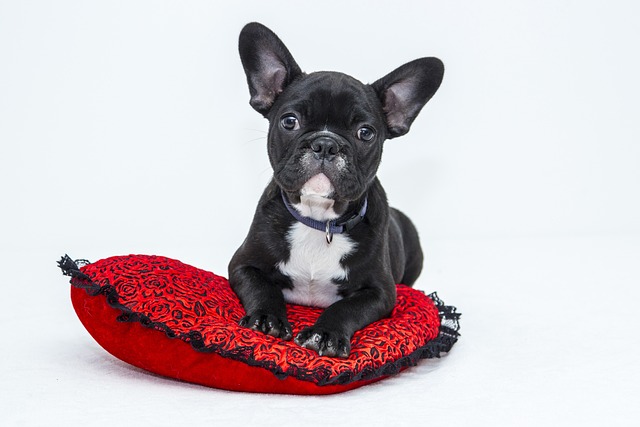
It’s a common misconception that health problems only affect older dogs. The reality is that certain issues can appear at any stage of a dog’s life
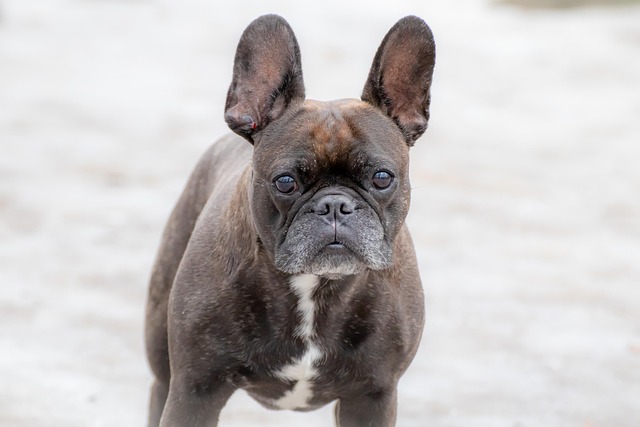
I sat with my friend Tom in his backyard last weekend, watching his 10-year-old German Shepherd, Bear, doze in the sun. “I keep wondering how much time we have left

I stood in a pet store with my friend Jake last weekend, watching him stare at a wall of puppy products—his 10-week-old French Bulldog, Lola, was coming home in 3 days
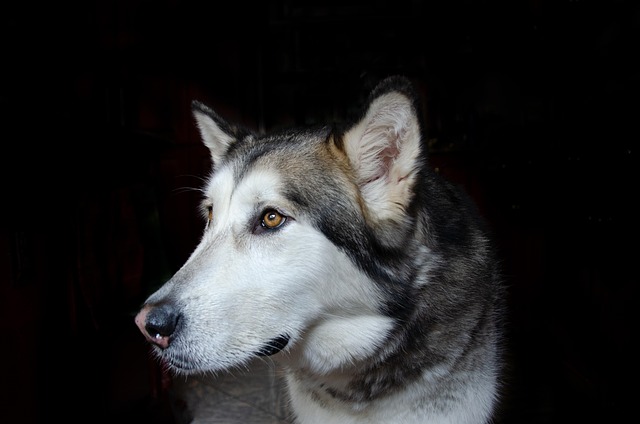
Gastroenteritis can throw a wrench in your dog’s usual energy—one day they’re begging for table scraps, the next they’re turning away from their favorite kibble, or dealing with upset tummies.
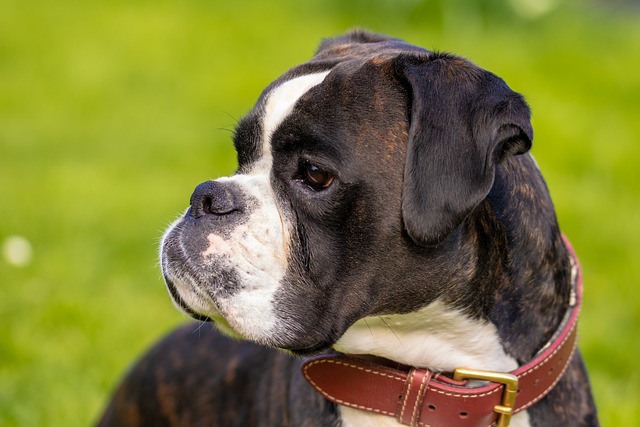
I sat with my coworker Mike in the break room last week, as he flipped through a stack of dog food bags—his 9-year-old Lab, Duke, had just been diagnosed with early kidney disease